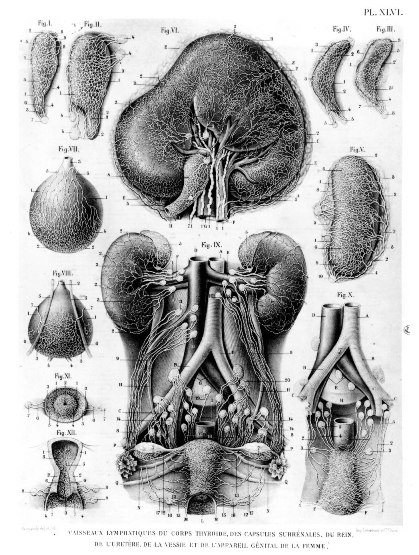
Class Hours:
Registration: 8:30 a.m. First day
Class: 9:00 a.m. - 5:00 p.m.
Last Day: 8:00 a.m. - 3:30 p.m.
Times are subject to change.
In this class, you will go over the abdominal and pelvic regions to learn rarely taught ligaments, organ interfaces, and intraorgan restrictions for numerous viscera. This includes the diaphragm, kidney, bladder, uterus, fallopian tube, ovary, prostate, and pelvic diaphragm.
- Learn fluidic approach to viscera.
- Discover an easy way to find a dominant lesion in an area.
- Learn how to find intra-organ/intraparenchymatous lesions, ligament lesions, inter-organ lesions.
- Release organs using mainly Lympho-fascia release (LFR), extracellular fluid techniques (EFT), and other techniques.
Attire/Supplies:
Bring comfortable, loose-fitting clothes. Some of these approaches require touching exposed skin. We encourage you to bring a bath towel, lab clothes, and appropriate undergarments to be comfortable.
Short fingernails are required for some techniques.
Due to the potential chemical sensitivities of your classmates, please refrain from wearing perfumes or oils to class.
Please let the institute know if you can bring a treatment table.
Cancellation Policy:
Tuition Transfer: The tuition is fully transferable up to 30 days before the start of the class.
Within 14 days, a $200 administrative fee will apply.
Within seven (7) days, there is no refund of the deposit.
Tuition Refund: Tuition refund requests must be made in writing. Emails are acceptable. Tuition is fully refundable up to 30 days before the start of the class, after which your tuition is non-refundable. In case of an emergency, any requests for a refund later than 30 days before class starts will be considered on a case-by-case basis.
Seats are limited. Reserve today: : 480-999-0808 or [email protected]
For any other inquiries, contact [email protected]
Hotel Blackfoot
5940 Blackfoot Trail SE
Calgary, Canada T2H 2B5
Hotel Blackfoot
5940 Blackfoot Trail SE
Calgary, Canada T2H 2B5
Advance study of anatomy is a prerequisite for this class. Review the list of words and see where your stand with your knowledge. It is very important that you prepare for this class in advance - even if you don't plan to attend the class for years, it is not too early to begin your study of these structures. We have provided a list of terms below you need to study before attending this course.
A most anatomical reference book on the abdomen and pelvic section will refer to these terms. For example, Netter's 4th edition, section III, IV, and V.
- - Parietal and visceral peritoneum
- - Liver, gallbladder, coronary ligament, triangular ligament, falciform ligament.
- - Stomach, greater and lesser curvatures of the stomach, gastrophrenic ligament, gastrocolic ligament, gastrosplenic ligament, pylorus.
- - Duodenum, D1 to D4, muscle/ligament of Treitz*, cysticoduodenal ligament
- - Inferior duodenal fold
- - Greater and lesser omentum
- - Colon flexures
- - Toldt's fascia*
- - Sigmoid colon, Rectum
- - Mesocolon, Mesotransverse
- - Splenocolic ligament
- - Renocolic (kidney to the colon) ligament
- - Ceco-ovarian (cecum to the ovary) ligament (or ligament of Cleyet)*
- - Root of the mesentery
- - Pancreas, spleen
- - Pancreaticosplenic ligament
- - Splenorenal ligament
- - Bladder, ureter, pubovesical ligament
- - Median (urachus) and medial umbilical ligaments
- - Uterus, ovaries, fallopian tube, sacrum
- - Broad ligament
a. Cardinal ligament / lateral cervical ligament*(a continuity of Broad ligament)
b. Mesosalpinx (continuity of the Broad ligament)
c. Mesovarium*(continuity of the Broad ligament)
- - Round ligament
- - Suspensory ligament of ovary (or lumbo-ovarian ligament)*
- - Utero-ovarian ligament
- - Obturator internus muscle, obturator foramen
- - Pelvic floor
Practice your Lympho-Fascia Release (LFR) technique in preparation for LDV Abd-Pelv
*These terms are often not labeled in North American anatomy texts. However, these structures are quite often visible in anatomical drawings.






